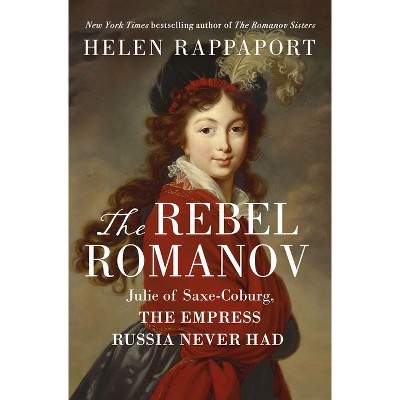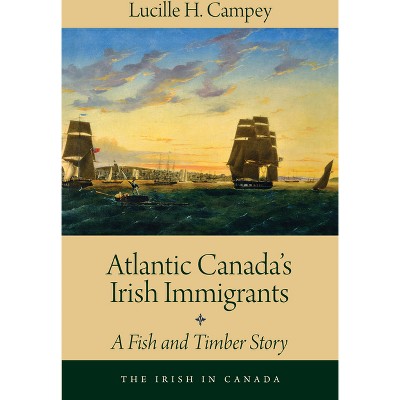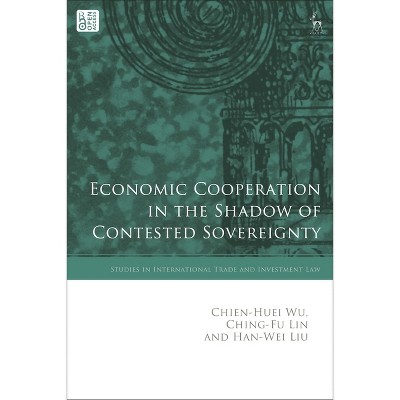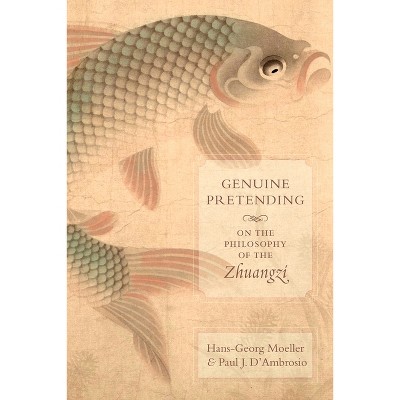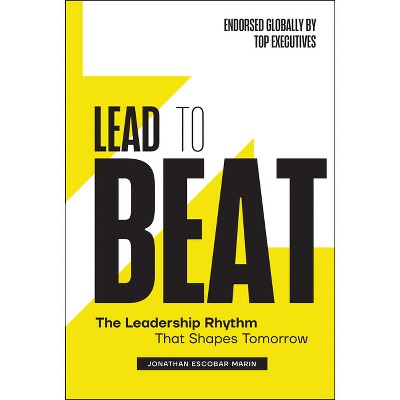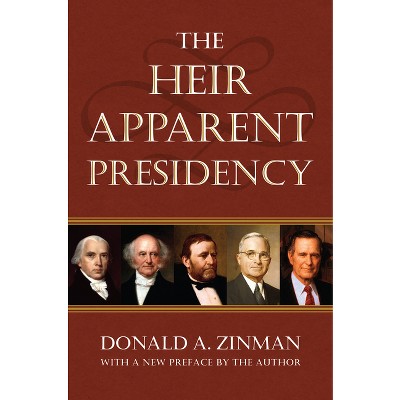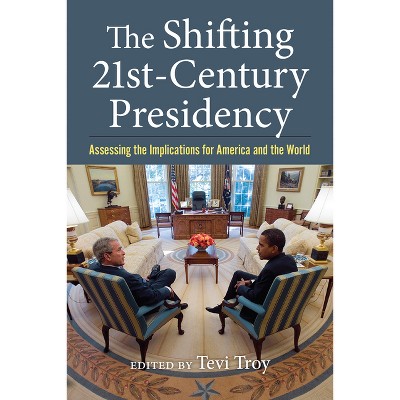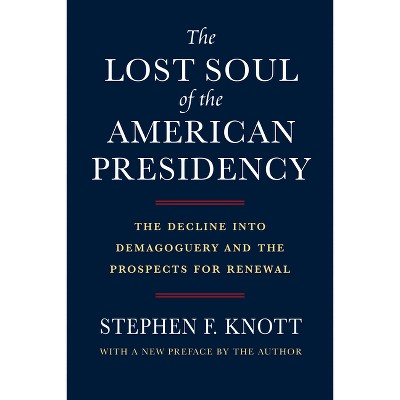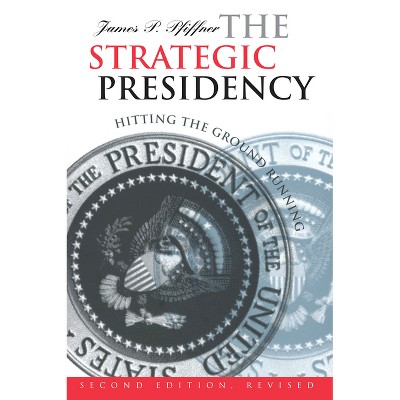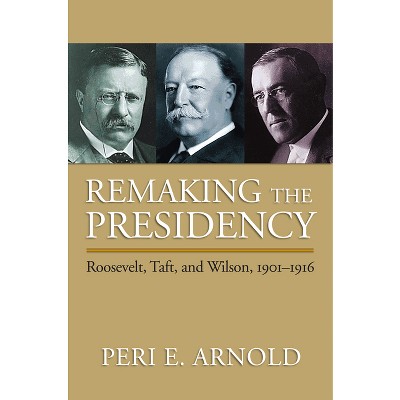Sponsored

The Diplomatic Presidency - by Tizoc Victor Chavez (Hardcover)
In Stock
Sponsored
About this item
Highlights
- President Woodrow Wilson riding down the Champs-Élysées in December 1918 to meet with the leaders of the victorious Allies at the Paris Peace Conference marked a break from a long tradition where US presidents directed foreign policy, and direct engagement with foreign counterparts was not considered a central duty.
- Author(s): Tizoc Victor Chavez
- 320 Pages
- Political Science, American Government
Description
About the Book
The first history of the rise of personal diplomacy as a central aspect of the presidency and US foreign affairs.Book Synopsis
President Woodrow Wilson riding down the Champs-Élysées in December 1918 to meet with the leaders of the victorious Allies at the Paris Peace Conference marked a break from a long tradition where US presidents directed foreign policy, and direct engagement with foreign counterparts was not considered a central duty. Not until the arrival of Franklin D. Roosevelt's administration over a decade later would this change. In The Diplomatic Presidency: American Foreign Policy from FDR to George H. W. Bush Tizoc Chavez reveals the long-overlooked history of the rise of personal diplomacy as one of the core responsibilities of the modern president. The modern presidency as it took shape during the FDR era is characterized by rising expectations, sensitivity to public opinion, activism in the legislative arena, a propensity to act unilaterally, and a vast executive branch bureaucracy, all of which contributed to shaping the necessity and practice of presidential personal diplomacy. Tizoc Chavez takes a comprehensive approach and provides a thorough, archival-based examination of the causes that led presidents to conduct diplomacy on a more personal level. He analyzes personal diplomacy as it was practiced across presidential administrations, which shifts the focus from the unique or contingent characteristics of individual presidents to an investigation of the larger international and domestic factors in which presidents have operated. This approach clarifies similarities and connections during the era of the modern presidency and why all modern presidents have used personal diplomacy regardless of their vastly different political ideologies, policy objectives, leadership styles, partisan affiliations, and personalities, making the practice a central aspect of the presidency and US foreign affairs. This cross-administration exploration of why the presidency, as an institution, resorted to diplomacy at the highest level argues that regardless of who occupied the modern White House, they turned to personal diplomacy for the same reasons: international crises, domestic politics, foreign leaders seeking them out, and a desire for control. The Diplomatic Presidency bridges the gap between history and political science by balancing in-depth case studies with general explanations of broader developments in the presidency and international and domestic politics for a better understanding of presidential behavior and US foreign relations today.Review Quotes
"An immensely readable account of the growth of presidential diplomatic leadership and why all presidents have spent huge amounts of their time and political capital engaged in this practice. Its strength lies in the blend of candid details from an impressive range of sources to spell out the evolution and map the growth of this 'personal' political practice."--Perspectives on Politics
"Political scientist Tizoc Chavez explores the practices and the problems that can arise when America's chief executive assumes the role of chief diplomat. This study is well-documented, and the writing is felicitous."--Congress & the Presidency
"Beautifully written, thoroughly researched, and incredibly timely. Chavez reminds us that, in the final analysis, diplomacy is made by people engaging with other people, even at the presidential level. This important work demonstrates that the ability to form personal connections with other world leaders is an often overlooked but vital skill for modern American presidents."--Mitchell Lerner, professor of history and director, East Asian Studies Center, Ohio State University
"In this historically rich and analytically sophisticated book, Tizoc Chavez explains the historical developments, institutional imperatives, and personal drives that led to the increasing importance (for good and for ill) of personal diplomacy by US presidents. The Diplomatic Presidency is rooted deeply in the scholarly literature and engagingly written; I recommend it highly."--James P. Pfiffner, professor emeritus, Schar School of Policy and Government, George Mason University
"A theoretically grounded and richly detailed analysis of presidential diplomacy in the twentieth century, this book is required reading for scholars of diplomatic history and American foreign policy. It presents a well-developed conceptual framework to explain why presidents engaged in personal diplomacy from World War II through the Cold War, and how to evaluate variations in presidential behavior. This comprehensive, interdisciplinary study of scholarly and archival sources will be instructive for advanced undergraduate and graduate study in history, American politics, and international relations."--Meena Bose, Peter S. Kalikow Chair in Presidential Studies and professor of political science, Hofstra University
Shipping details
Return details
Frequently bought together
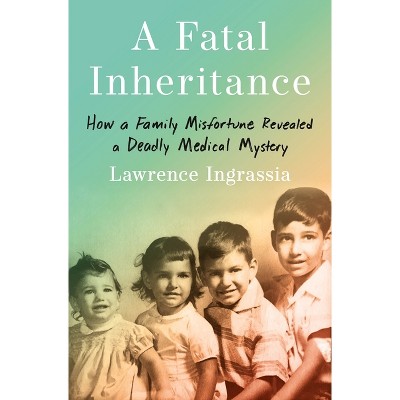
Trending Non-Fiction





